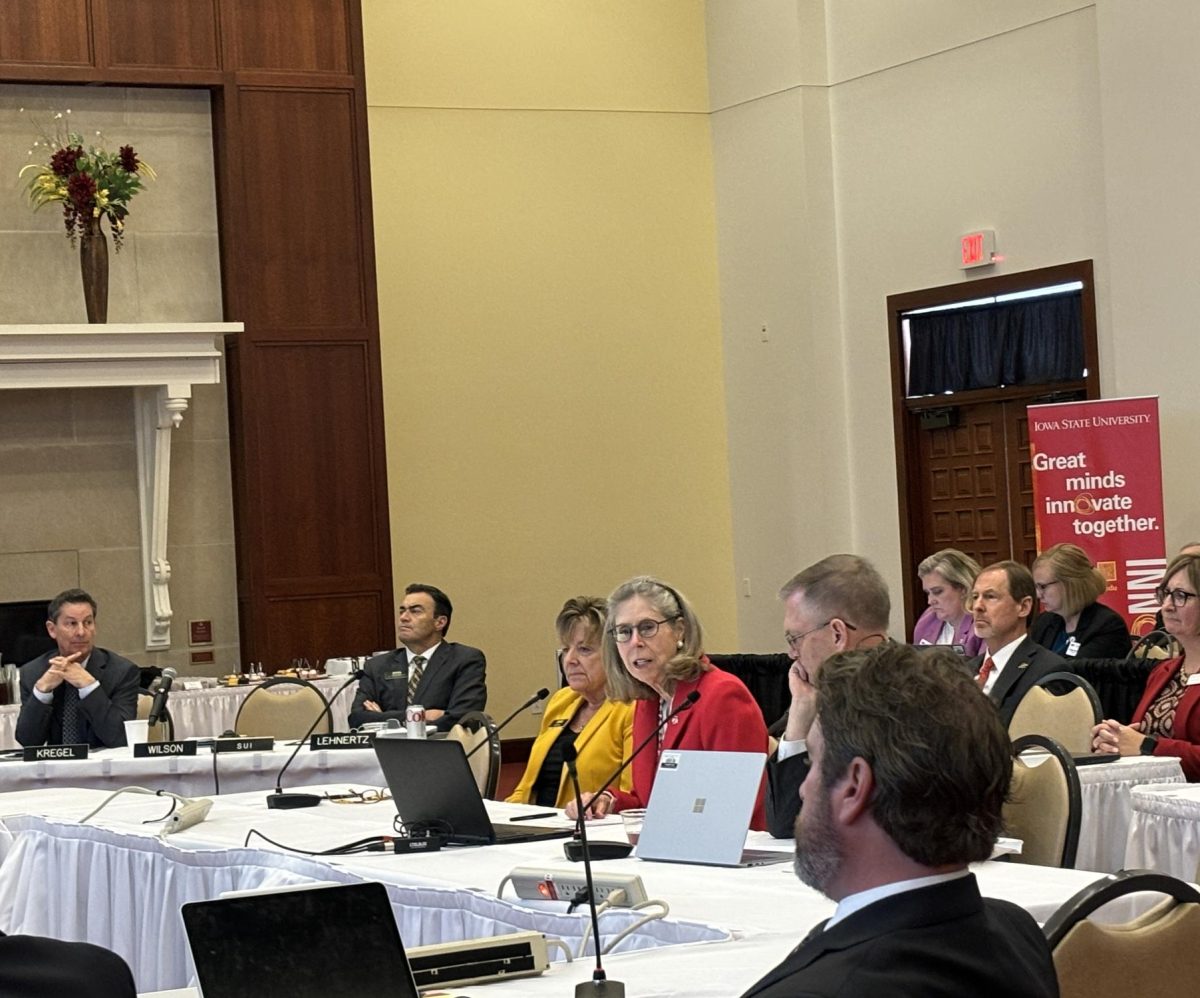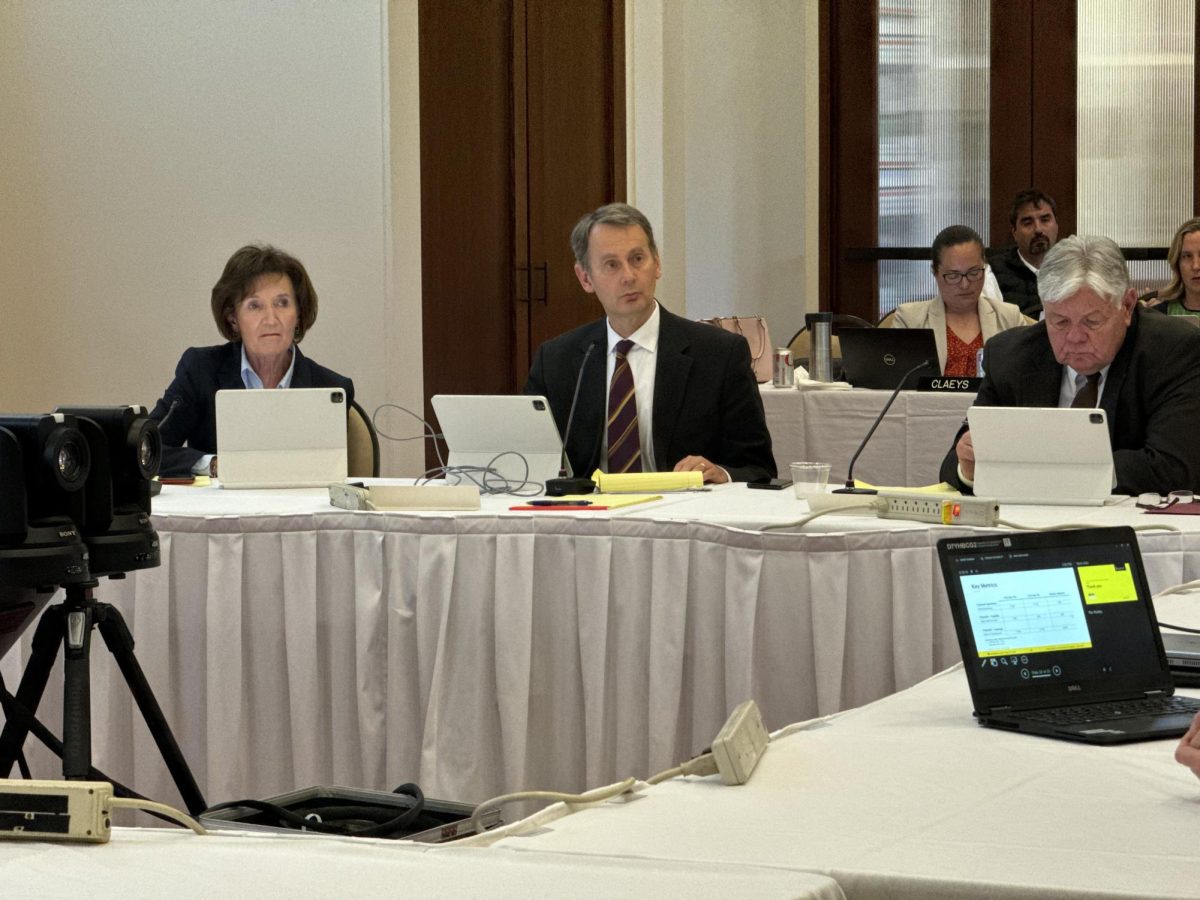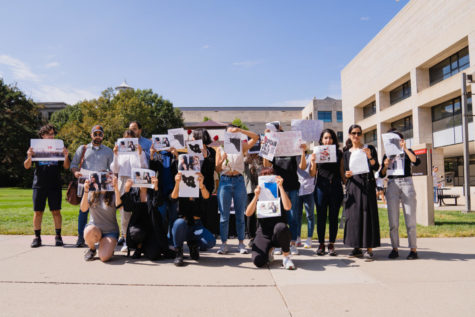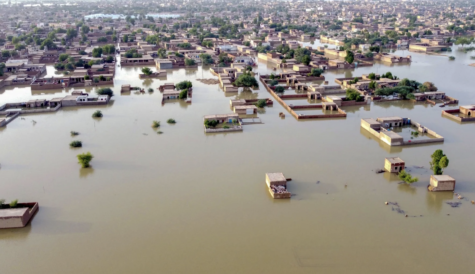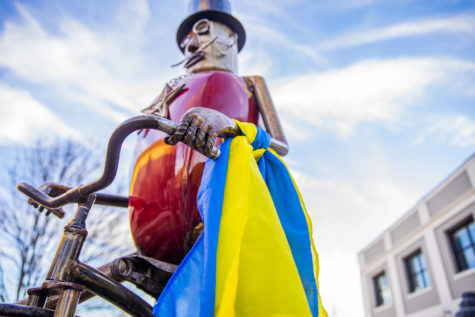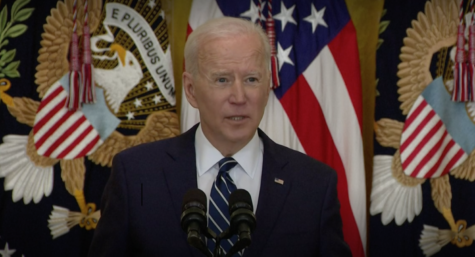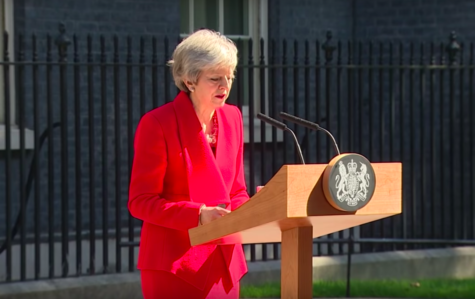Operative sought in U.S. embassy bombings is living in Libya, sources say
September 27, 2012
A veteran al Qaeda operative indicted in connection with the bombings of two U.S. embassies in East Africa is alive and well in Libya, according to Western intelligence sources.
Abu Anas al Libi, 48, has been seen in the capital, Tripoli, the sources say, and there is concern that he may have been tasked with establishing an al Qaeda network in Libya. It’s unclear whether Libya’s government is aware of his presence, or whether it has been approached by Western governments seeking al Libi’s arrest.
One Libyan official told CNN he didn’t know whether al Libi was back in Tripoli but was aware that he had been in Afghanistan.
Counterterrorism analysts tell CNN that al Libi may not have been apprehended because of the delicate security situation in much of Libya, where former jihadists — especially those who once belonged to the Libyan Islamic Fighting Group — hold considerable sway. He is wanted in the United States, but there is no extradition treaty between the U.S. and Libya.
Alternatively, al Libi may have dropped off the radar screen, as have several jihadist leaders in Libya — some of whom have previously been associated with al Qaeda.
Just when al Libi returned home is unclear. According to one intelligence source, he appears to have arrived in Tripoli in the spring of last year, amid Libya’s civil war. According to this source, a Western intelligence agency had placed al Libi under surveillance and had taken photographs of him. But back in December 2010, before the outbreak of unrest, Libyan authorities told the United Nations al Qaeda Sanctions Committee that al Libi had returned, even providing a Tripoli street address for him.
Whether he is still active in jihadist circles is unclear.
In August, a report prepared by the U.S. Federal Research Division for the Library of Congress said that while al Libi’s whereabouts were unknown, he was “most likely involved in al Qaeda strategic planning and coordination between AQSL (al Qaeda Senior Leadership) and Libyan Islamist militants who adhere to al Qaeda’s ideology.”
Whatever his current activities, al Libi’s return to Libya is likely to heighten concern about the growing role of jihadist groups there after the attack on the U.S. Consulate in Benghazi. CNN has been told of no evidence linking al Libi to the attack.
In the 1990s, al Libi was regarded as one of al Qaeda’s most capable operatives — an expert in surveillance and computers. His role within the organization came to light through testimony from a fellow al Qaeda operative who described al Libi’s visit to the Kenyan capital of Nairobi in 1993. He is alleged to have conducted surveillance of possible Western targets, including the U.S. Embassy.
Five years later, on August 7, 1998, al Qaeda attacked the U.S. embassies in Nairobi and Dar es Salaam, killing more than 200 people. In 2001, al Libi was indicted in U.S. federal court for his alleged role in the attacks. U.S. authorities offered $5 million for information leading to his apprehension or conviction. But by then, he was on the run.
Al Libi’s real name is Nazih Abd al Hamid al Ruqhay. He joined al Qaeda soon after its founding, when the group was building a presence in Afghanistan and Pakistan.
Much of what is publicly known about his role in al Qaeda during the 1990s comes from the testimony of L’houssaine Kherchtou, a Moroccan al Qaeda operative who knew al Libi.
Kherchtou told a federal court in 2001 that al Libi had impressed other al Qaeda operatives with his mastery of computers. And when Osama bin Laden relocated to Khartoum in Sudan in 1992, al Libi followed. It was at about this time that bin Laden began to think of attacking U.S. targets, because of the deployment of U.S. peacemakers to Somalia.
After his surveillance trip to Nairobi, al Libi left al Qaeda because the regime of Libyan leader Moammar Gadhafi was pressuring the Sudanese government to expel about 20 Libyans involved with the group and based in Khartoum. But he joined the jihadist Libyan Islamic Fighters Group before moving to Qatar and then Britain.
He settled in Manchester before a police raid on his home in 2000.
That raid was in response to intelligence suggesting that al Libi might have links to international terrorism, according to sources familiar with the investigation. It uncovered a document that became known as the “Manchester Manual” — hundreds of pages of guidance on carrying out a terrorist campaign. One of the things the document advocated was “attacking, blasting, and destroying” embassies.
But by the time police launched the raid, al Libi had slipped out of the country, according to intelligence sources.
After leaving Britain, al Libi is thought to have spent some time in Afghanistan, and to have reconnected with al Qaeda, before fleeing to Iran after the fall of the Taliban. Western intelligence sources say they believed he remained in Iran for almost a decade before returning to Libya.
Al Libi is not the only al Qaeda operative back in Libya, nor even the only the one who lived in Manchester in the late 1990s.
As CNN has previously reported, in the spring of 2011, onetime Manchester resident Abdulbasit Azuz was dispatched from the Afghanistan-Pakistan region by al Qaeda leader Ayman al Zawahiri to establish a foothold for al Qaeda in Libya. Azuz based himself in Derna in eastern Libya, where he began to recruit fighters, according to counterterrorism sources. In June, a senior Libyan official told CNN that Azuz was one of five radical Islamist militant commanders who were operating in the Derna area, with 200 to 300 men under their command in camps in the area.
Some of those camps have since been abandoned, in part because of growing resentment among local people and in part out of fear that they might be targeted by the United States. CNN reported in June that U.S. surveillance drones had been flying over the region, citing Libyan sources.
The Obama administration has thus far downplayed suggestions that al Qaeda “central” had any role in planning or ordering the Benghazi attack. But U.S. Secretary of State Hillary Clinton suggested Wednesday that al Qaeda in the Islamic Maghreb was using its greater freedom of movement in Mali to extend its influence throughout North Africa.
Speaking at the United Nations, she said that “with a larger safe haven and increased freedom to maneuver, terrorists are seeking to extend their reach and their networks in multiple directions.”
“And they are working with other violent extremists to undermine the democratic transitions under way in North Africa, as we tragically saw in Benghazi,” she added.
Some analysts say it is too early to discount the possibility that the al Qaeda leadership had some advance knowledge of the attack, pointing to a video released the day before the attack in which al Qaeda leader al Zawahiri called on Libyans to attack Americans.
The possible significance of al Zawahiri’s message was highlighted in a letter Wednesday from four Republican U.S. senators to Susan Rice, the U.S. ambassador to the United Nations. Criticizing her assertion that the attack was spontaneous rather than planned, Republican Sens. John McCain of Arizona, Lindsey Graham of South Carolina, Kelly Ayotte of New Hampshire and Ron Johnson of Wisconsin said there was “a significant network of al Qaeda affiliated groups and other terrorists in eastern Libya.”
— CNN’s Jomana Karadsheh contributed to this report.

